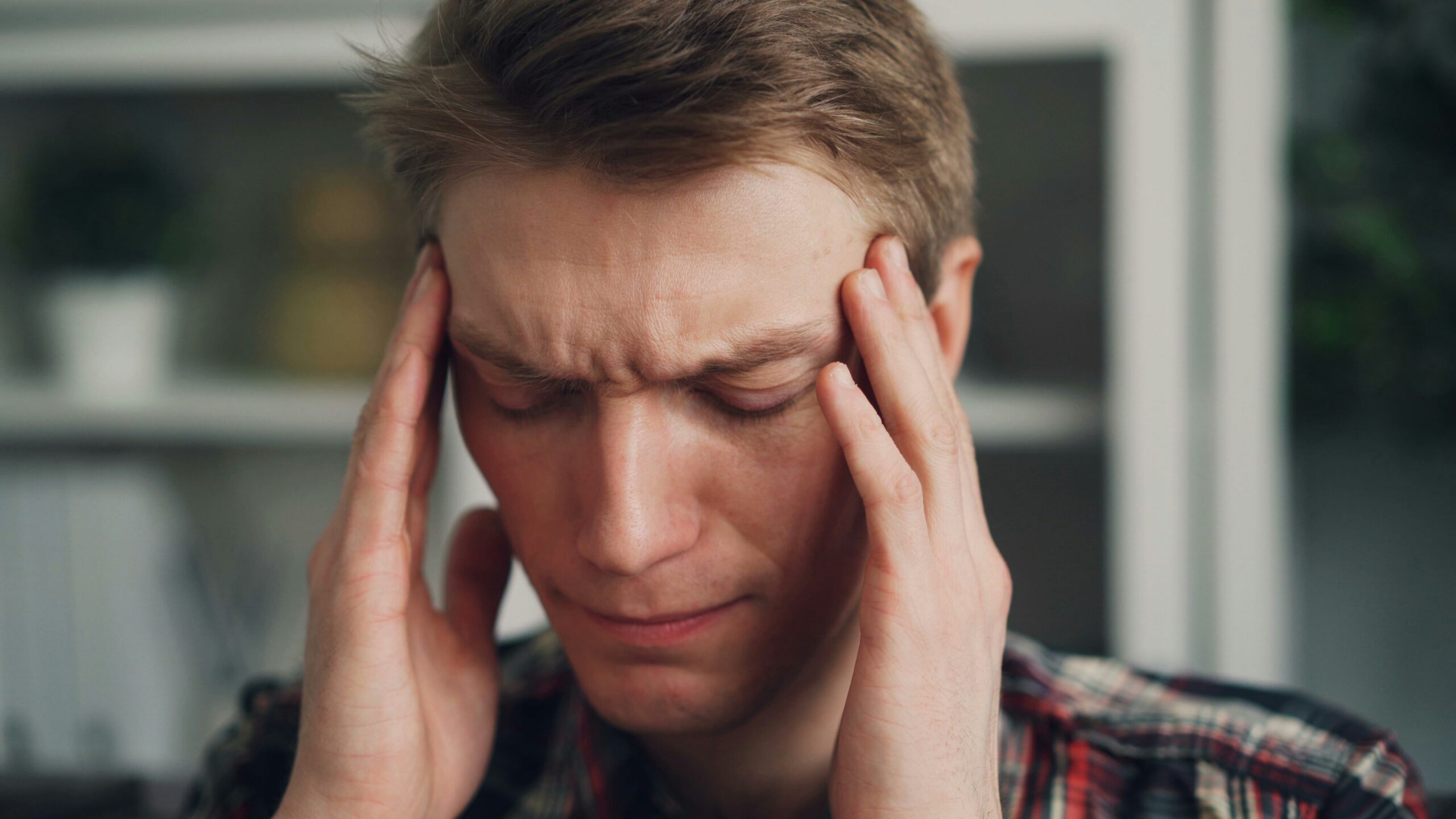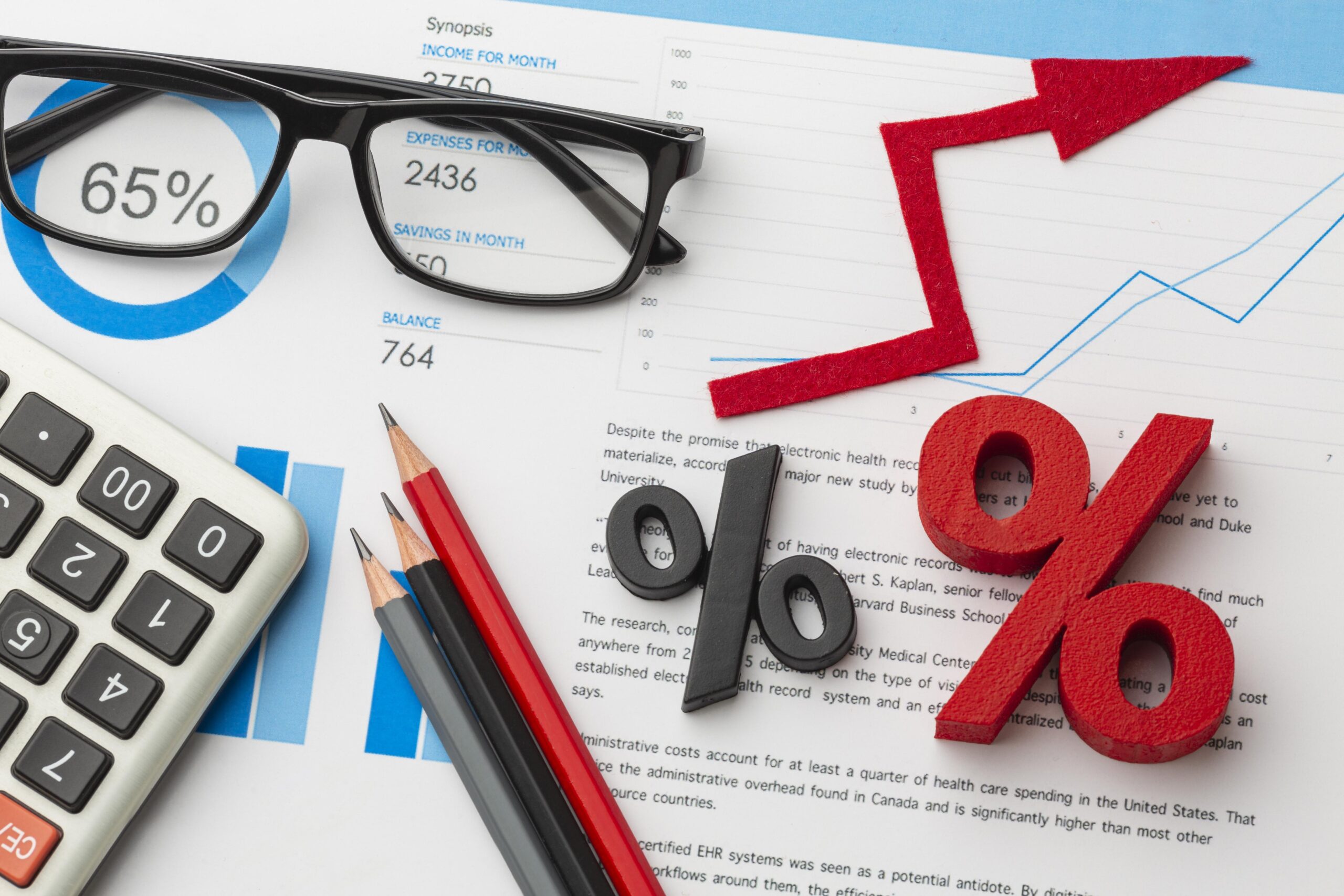Renters Hit Hard as Prices Surge Across Australia in Early 2025

The start of 2025 has brought more pain for renters, with new data confirming rental costs have continued to climb across Australia, particularly in major cities.
After a short-lived breather at the end of 2024, the rental market is back in growth mode. Nationally, the median advertised rent rose by 1.6% in the March quarter, pushing weekly costs to a steep $630. That’s a 5% jump compared to this time last year.
Big Cities, Bigger Price Tags
The sharpest increases have been seen in capital cities. Renters in metro areas are now forking out an average of $650 per week, while those in regional areas are holding steady at around $550.
Sydney remains the most expensive city for renters, with median weekly rents now approaching $775. Perth has leapfrogged Canberra to become the second-priciest capital, with asking rents nearing $700. Other capitals, including Brisbane and Melbourne, are also seeing steady upward movement.
Units Driving Growth
Interestingly, it’s apartments, not houses, driving much of the recent growth. Over the past three months, unit rents in cities rose by more than 3%, outpacing house rents which increased at a more modest rate. Regional areas are showing a similar trend, with unit rents rising while house prices largely plateaued.
This shift could be linked to affordability, with more tenants choosing smaller homes to manage rising living costs.
Rent Eating into Wages
Rental affordability continues to be a major concern. The average renter is now spending around a third of their pre-tax income on rent – the highest level recorded in almost two decades.
Faced with this pressure, many young Australians are delaying moving out of the family home, while others are turning to shared housing to split costs. Larger households and longer tenancies are becoming more common as people try to make ends meet.
Tight Supply, Low Vacancy
The core issue behind the rental surge remains the same: too few properties and too many people looking. Vacancy rates are hovering around 1.3% nationally – well below what’s considered healthy. While population growth has slowed slightly, it hasn’t eased the crunch enough to stabilise prices.
There’s also a looming shortfall in housing supply. Industry forecasts suggest the country could fall tens of thousands of homes short of demand by the end of the decade, keeping upward pressure on rents unless new builds increase substantially.
What’s Being Done?
State governments have started rolling out measures to protect renters, such as banning rent bidding, setting minimum property standards, and lengthening notice periods for rent hikes. But while these steps offer some relief, they don’t fix the root problem: Australia simply needs more homes.
Without bold investment in housing infrastructure, experts warn that rental stress will remain a defining issue for many Australians in the years to come.
Latest News Articles
Back to Latest News
RBA Holds Rates Steady as Signs of Cooling Emerge

Budgeting on a Rollercoaster Tradie Income


